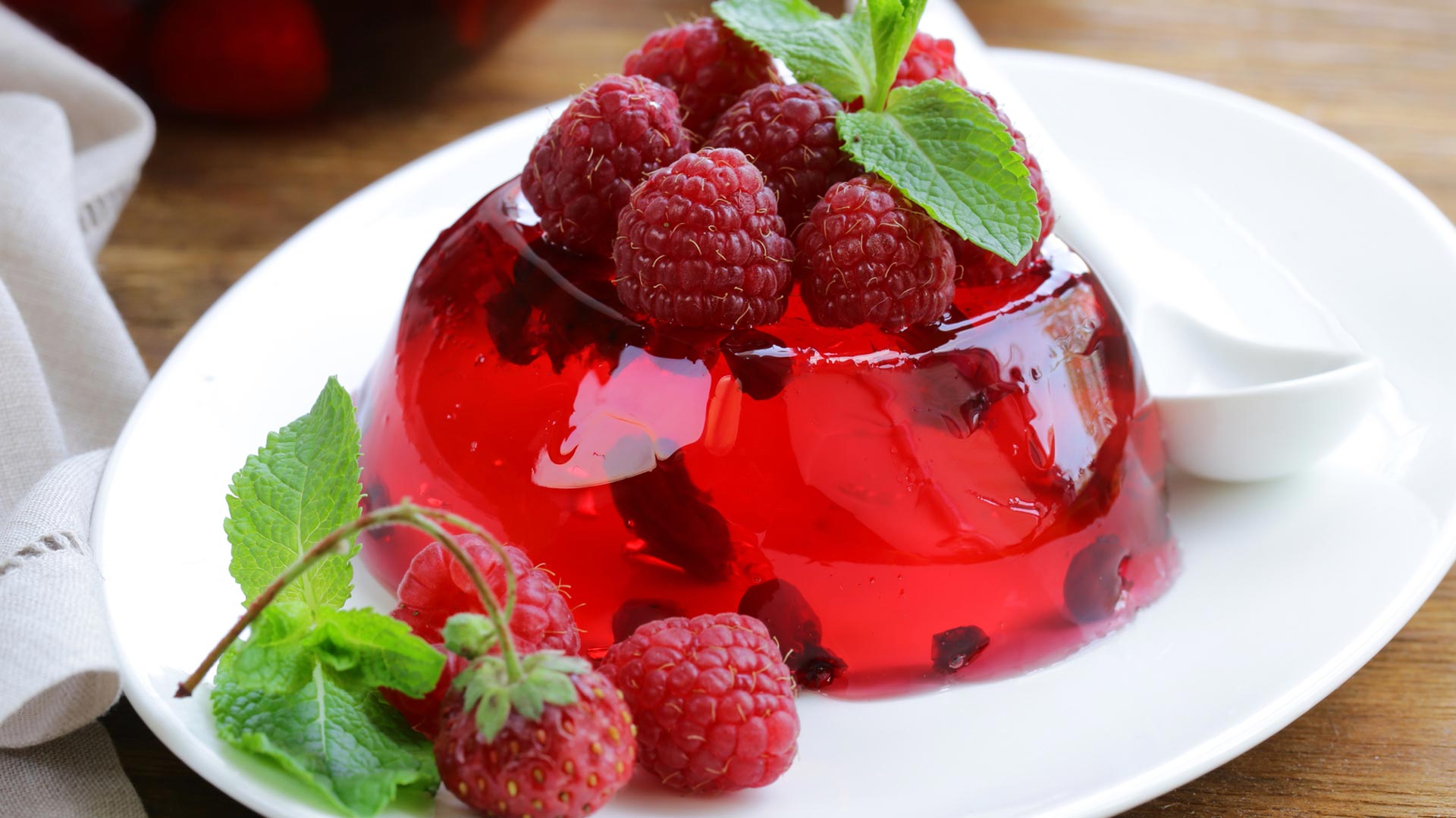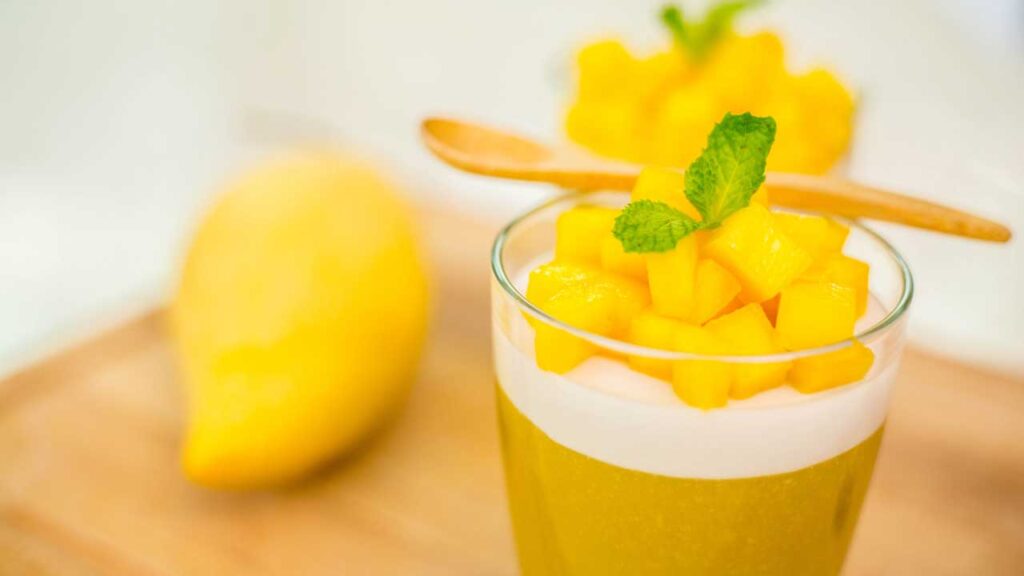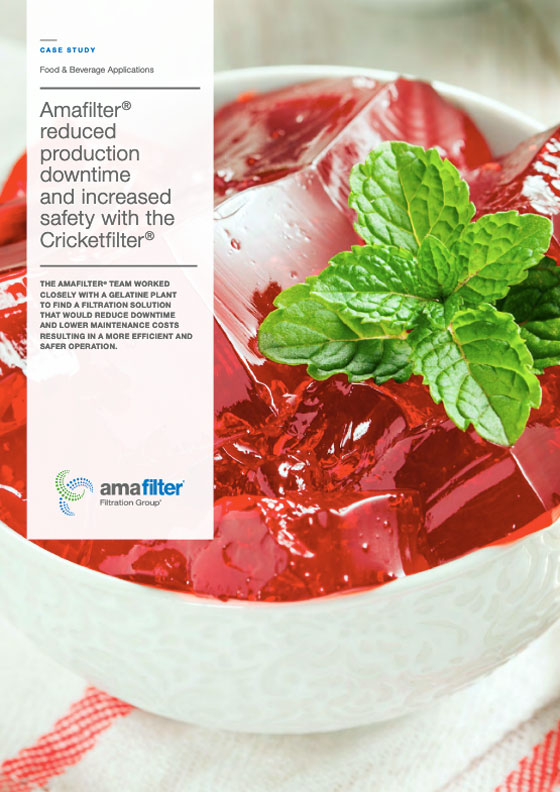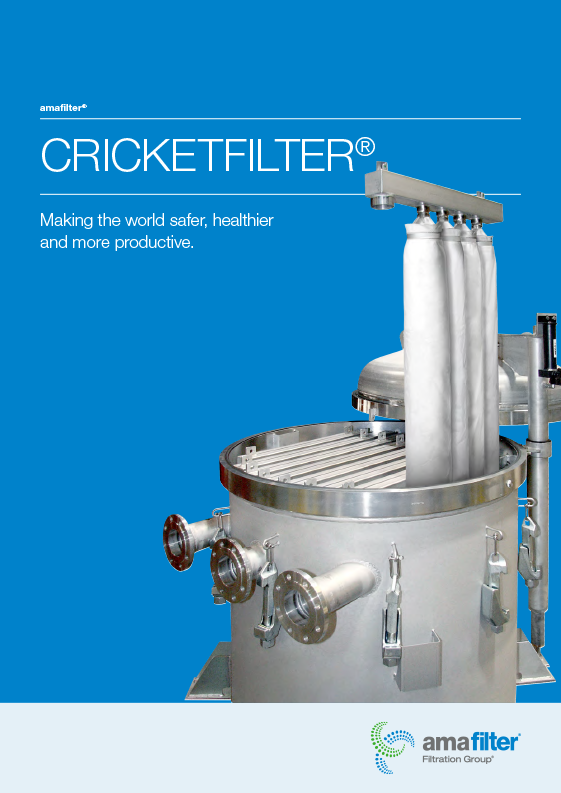
The Wonderful World of Gelatine: A Look at Its Production and Filtration
As operations manager, staying up-to-date on the latest market trends – particularly in an ever changing industry such as gelatine production and consumption – is imperative. Understanding how consumer tastes are altering, what new technology has been developed to help with production and which areas of the manufacturing process need improvement can give your company a competitive edge. In this blog, we will discuss current market trends impacting gelatine consumption and usage along with insights into changes in production that could make an impact on your bottom line.
Market trends
Gelatine is an ever-evolving ingredient, and understanding how consumer tastes are changing in response to it is important for producing delicious food. Many of the changes have been driven by health and nutrition trends that have taken hold in recent years.
For example, plant-based diets have become increasingly popular, leading to a shift away from animal-based gelatine towards plant-based alternatives. This has resulted in an increase of vegan and vegetarian options on the market that are made with vegetable gelatine instead.
At the same time, there has been a growing demand for natural ingredients. Consumers are increasingly looking for products that contain no additives or preservatives, and manufacturers have responded by sourcing gelatine made from natural sources.
Other changes in the market include a shift towards lower-sugar products as consumers seek out healthier options. This has led to an increase in sugar-free gels and puddings, which are usually made with fruit or vegetable extracts.
Gelatine filtration

Gelatine is a complex and challenging material to filter. It has a tendency to form interconnected networks when freshly produced, which can lead to problems downstream in the filtration process. Due to the large particle size and high viscosity of gelatine solutions, clogging of filters is often an issue, causing them to become blocked. Additionally, the gelatine itself has a high affinity for water, leading to difficult dewatering conditions.
Fortunately, Amafilter® provide the perfect solutions for these sorts of challenges ensuring efficient filtration regardless of the original source used to produce gelatine . Our range of innovative filtration products are designed specifically with gelatine processing in mind.
When it comes to gelatine filtration, the Amafilter® Cricketfilter® is ideal. The filter cloths have been specifically designed and developed to optimise the entire process, guaranteeing the highest quality product with minimal waste.
The Cricketfilter® eliminates the need for manual labour when filtrating gelatine. This not only saves time but also reduces safety risks associated with manual operations. Furthermore, it guarantees that each product will be of a consistent quality, allowing you to produce excellent batches of gelatines with fewer rejections during inspection.
Its unique filtration technology, efficiency, ease of use and reliability make it the optimal choice for any plant manager looking to improve their filtration process.
As a plant manager, you know that filtration is a crucial aspect of any industrial process. It ensures the quality of your products, protects your equipment, and guarantees the safety of your staff. That’s why it’s important to choose the right filtration system for your needs.
We are dedicated to providing you with quality products and advice, so you can be confident in the results of your gelatine filtration process. Contact us today for more information!
How Amafilter can help
If your system is causing you problems during cocoa butter filtration, resulting in unscheduled maintenance, slow turnaround times and a lower quality end product, contact Amafilter® to see how the Cricketfilter® can benefit your business.


